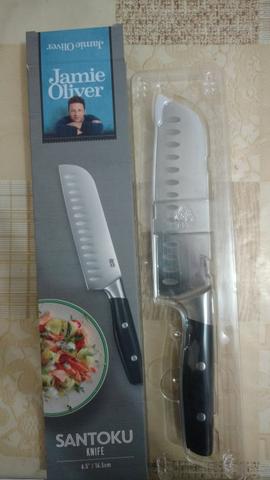Glad to hear it. One further bit of advice, remember that the knife should be super sharp off that 320 stone, I.e shaving you arm hair and cutting paper. It can be tempting to move up in your progression when starting out before fully apexing the edge. You won’t get anywhere if you do this.
If you are anything like me you’ll find removing the burr the hardest bit get right. This last stage can be frustrating but makes a dramatic difference in how sharp the knife is. It’s also a lot harder for softer steels.
you talk about refinement but you will find that your 1000 stone will raise a burr with very little time spent on the stone - all be it smaller.
for me I find that removing the majority of the burr on the stone, and then the remnants on a bare leather strip works for me
Removing the burr is haaaaaard. I think by the time I managed to do it I also managed to rui the edge lol.
I've seen a few videos where the person did not remove the burr after he was done with a lower grit stone and moved straight to a higher(ish) grit stone (burr formed on a 400... moved straight to the 700). Doesn't this make sense? The edge is already apexed by that point, can't we just move on to the next scratch pattern while that first burr is still there? What do we lose we do it like this?
As for the bare leather strip... you don't mean you are stropping on a leather strip, but rather "cutting" through the leather, right?


